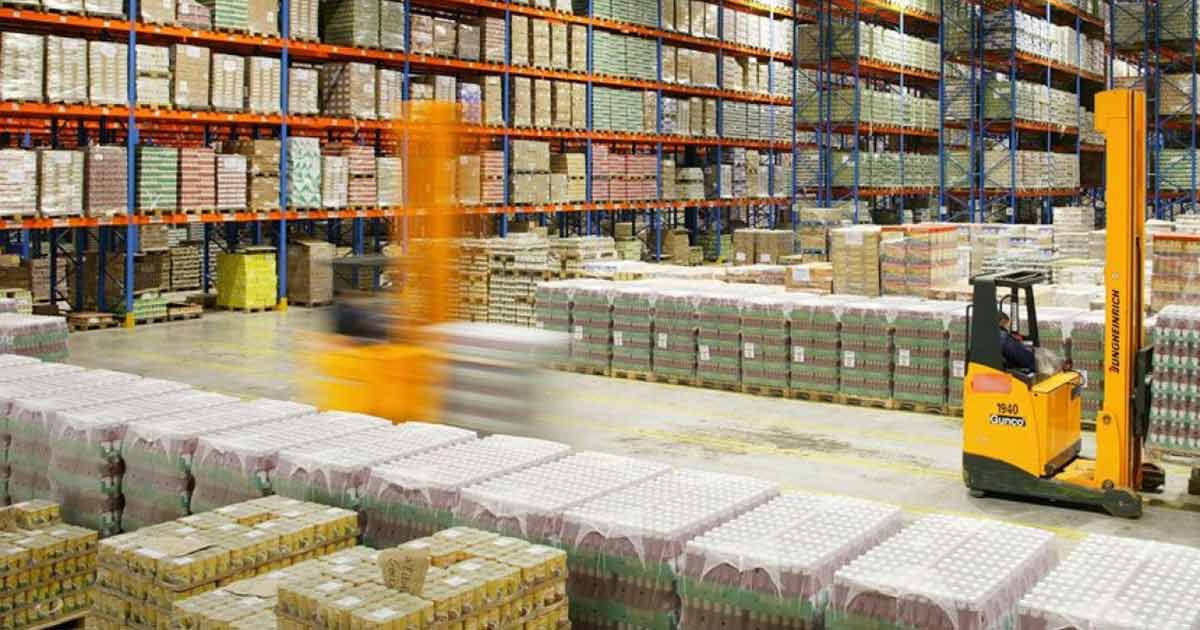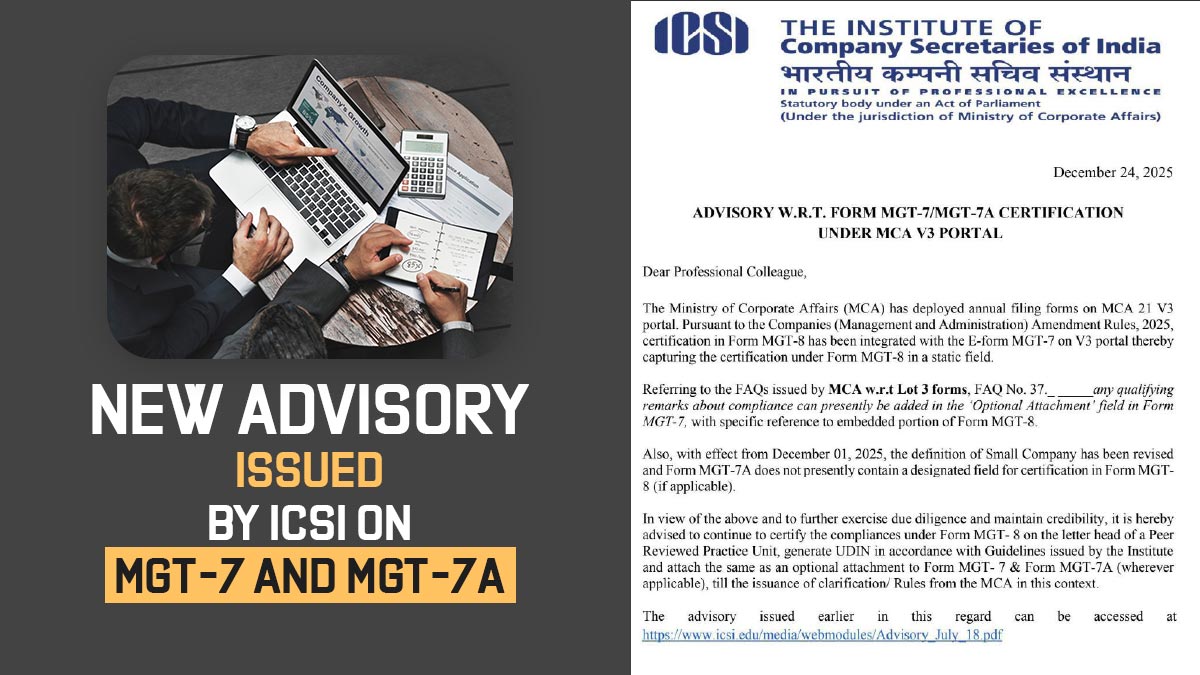The logistics sector plays a very important role in the growth of a nation and economy. After the implementation of the GST (Goods and Services Tax), the logistics sector of India saw a great growth of $194 billion and it is estimated that, within two years, there will be an increment of $21 billion.
The tax system which replaced the GST was not helping the logistics sector to grow as 17 different taxes were charged in this sector and different states had a different tax system. So, the industrialists established different warehouses at different places in India to make their businesses run longer.
Given below are the 5 economic disadvantages caused by the pre-GST logistics/warehousing system.
Needless Capital Expenses
Before GST, logistics companies could not do with centralized warehouses systems (or hub and spoke model), rather they had to establish separate warehouses in each state where they provided services. This resulted in unnecessary expenses of capital for building warehouses whereas centralized warehouses would have been more effective, both cost-wise and service-wise. The added cost negatively impacted the growth of these warehouse businesses.
Delay in Business Operations and Services
Even if it had a long-term financial incentive, the tax system before the implementation of the GST slowed down the business growth in many ways. Some of the reasons are:
- Capital shortage
- Problems faced during the process
- Problems faced while finalizing the warehouse-like
- Desired locations
- Capacity requirement
- Project costs, etc.
Poor Integration of Technology Means
Due to the high implementation cost and high tax levies before GST, organizations were not able to integrate high-end technologies and functionalities into their establishments. Since they were forced to build many small warehousing units rather than Grade A warehouses, they were unable to leverage from state-of-the-art infrastructure facilities comprising automated sorters, assembly lines, Pick/Put to Light systems, automated packaging, and dimension weight scanning.
High Cost of Transportation
Freight carriage takes the highest share i.e. approx 50 percent of the entire logistics expenses within the logistics operations. Before GST, the tax structure was quite complex and required transporters to move between multiple small warehouses increasing the cost and time of supply and making the overall process inefficient.
Warehouse Inefficiency
In the pre-GST model, businesses were required to establish and trade through smaller, distributed warehouses where they could only store limited supplies and perform specific operations. As compared to that, GST focuses on centralized warehousing system under which Grade A and B warehouses with better operational capabilities and maximum productivity are being promoted.
Read Also: Goods and Services Tax Impact on Logistics and Warehousing Sector
The above problems took a U-Turn at a very good note when the GST implemented in the country. The supply of the Indian warehouse industry is successfully growing year-by-year unlike earlier.
As per the Realty Research Firm JLL India, warehousing industry in India is going to see a growth of 112 percent by the year 2021 if compared with 2017 i.e. when GST was just rolled out. Altogether, there will be a growth of 170 percent in the Grade A warehousing and approx 85 percent in the Grade B warehousing.










